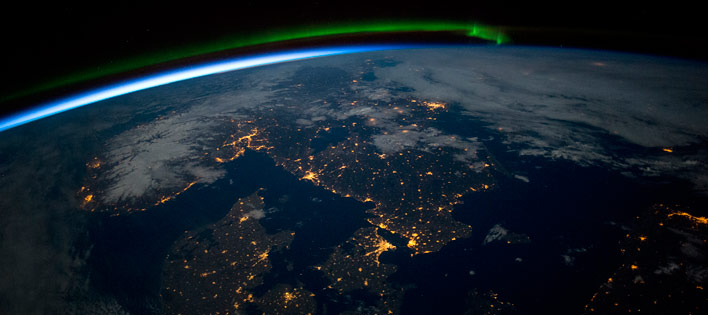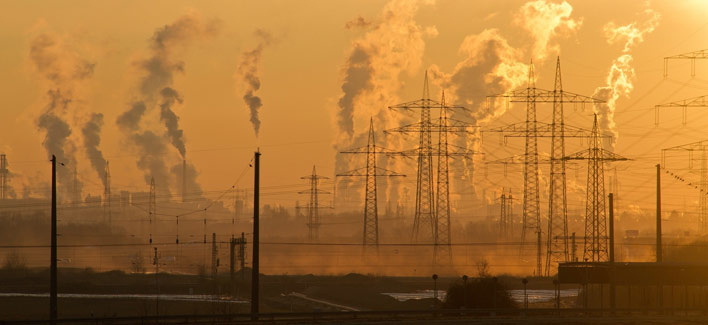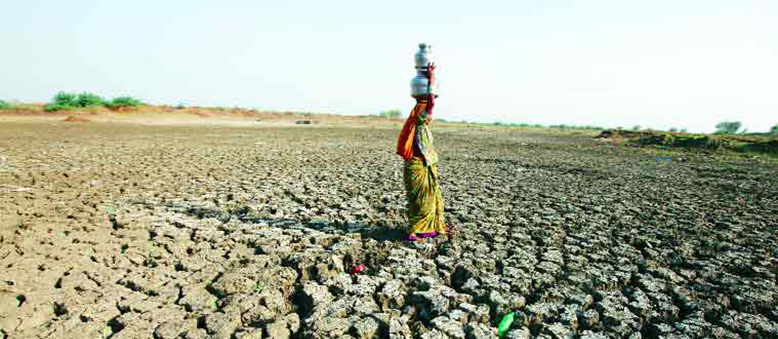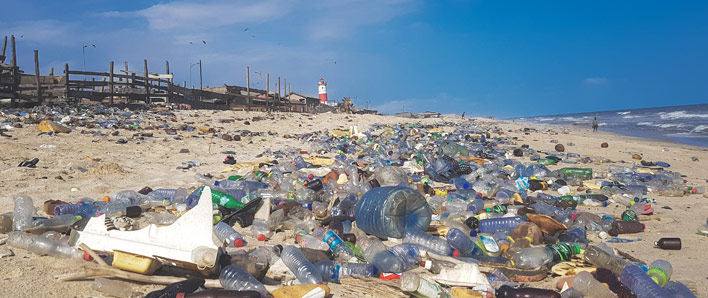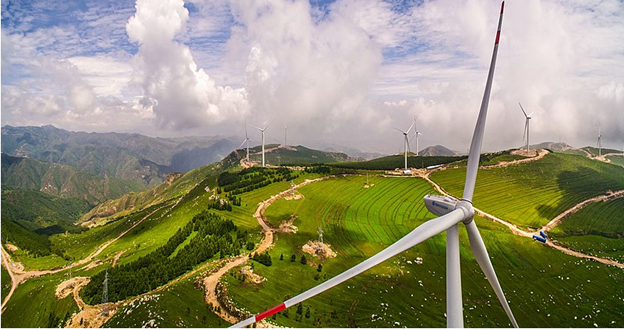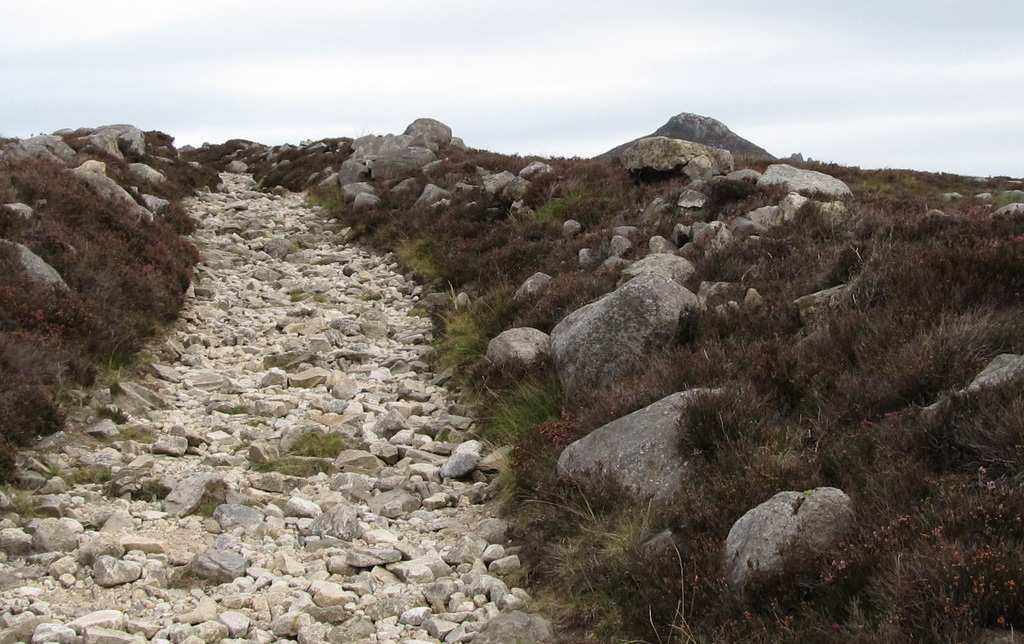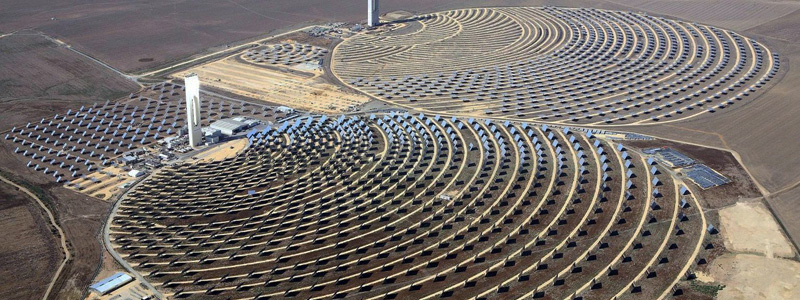
A Sustainable Planet
All human advances have been connected to advances in producing and using energy from Earth’s natural resources. Those resources are finite, and we are now at a crossroads. The paths we take will be key to our future.
Earth has endured and survived extreme climate change more than once, with varying impacts on natural life. This time is different. We know the history. We know what’s happening and the impact of our own actions. We understand the limits to crucial resources and what will happen if we do nothing. Most importantly, we have the ability to correct our course in pursuit of a viable future. Are we up to the challenge?
Understanding the full economic picture is the first step to making the right choices. What is the true cost and impact of our options? Is there a viable strategy for converting to 100% renewables, increasing efficiency, and reaching zero emissions? How would this impact the world economy?
“To the extent we live today under clouds of uncertainty about climate change, those clouds are projections not of collective ignorance about the natural world but blindness about the human one, and can be dispersed by human action. This is what it means to live beyond the ‘end of nature’—that it is human action that will determine the climate of the future, not systems beyond our control.”
David Wallace-Wells, The Uninhabitable Earth: Life After Warming
Not a few years from now, but today, we are facing an unprecedented catastrophe in the planet’s water supply. For drinking, for agriculture, and for preservation of wildlife and the global environment, we are confronted with critical water shortages on an unprecedented scale. Our response to this crisis will literally determine the future, not just of populations in the most severely threatened areas, but of our species and of the earth as we know it. Solutions are at hand if we can only come together to cooperate in implementing them.
Soon, if not already, the weight of all the plastic in the world’s oceans will weigh more than all of the oceans’ fish, but plastic pollution is everywhere, not just in the oceans.
Travel the Journey
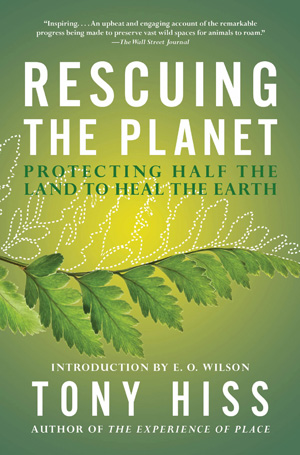
Rescuing the Planet
Protecting Half the Planet to Heal the Earth
By Tony Hiss
Could it be possible to set aside half the earth’s land and sea for nature by the year 2050? Former New Yorker staff writer Tony Hiss investigated the feasibility of this ambitious idea proposed by biologist Edward O. Wilson and emerged inspired and surprisingly optimistic. These efforts are already underway and must focus immediately on a few dozen threatened “hotspots,” home to an enormous percentage of Earth’s plant and animal species, many of which are found nowhere else on the planet. READ MORE »
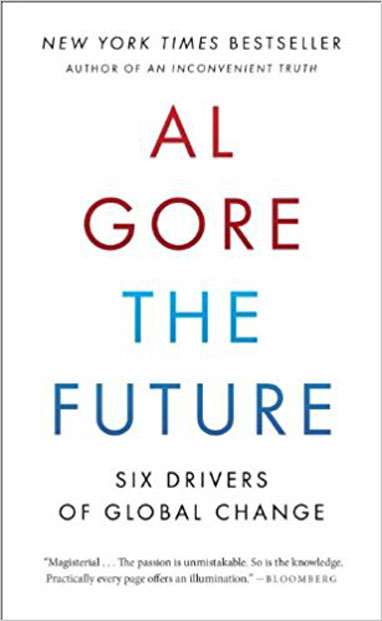
The Future
Six Drivers of Global Change
Al Gore
No period in global history resembles what humanity is about to experience. Explore the key global forces converging to create the complexity of change, our crisis of confidence in facing the options, and how we can take charge of our destiny.
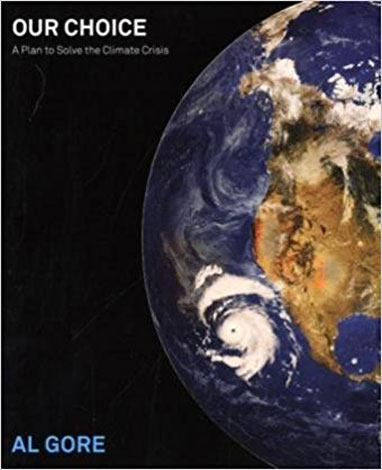
Our Choice
A Plan to Solve the Climate Crisis
Al Gore
We clearly have the tools to solve the climate crisis. The only thing missing is collective will. We must understand the science of climate change and the ways we can better generate and use energy.
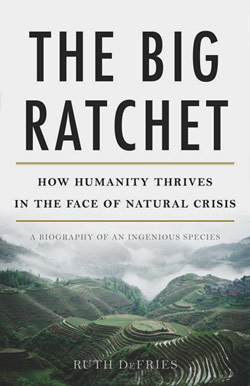
The Big Ratchet
How Humanity Thrives in the Face of Natural Crisis
Ruth DeFries
Human history can be viewed as a repeating spiral of ingenuity—ratchet (technological breakthrough), hatchet (resulting natural disaster), and pivot (inventing new solutions). Whether we can pivot effectively from the last Big Ratchet remains to be seen.
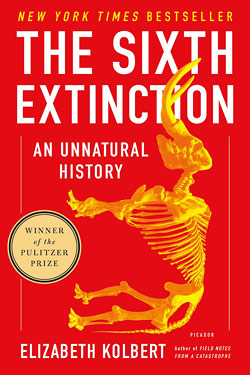
The Sixth Extinction
An Unnatural History
Elizabeth Kolbert
With all of Earth’s five mass extinctions, the climate changed faster than any species could adapt. The current extinction has the same random and rapid properties, but it’s unique in that it’s caused entirely by the actions of a single species—humans.

Natural Capitalism
Creating the Next Industrial Revolution
Paul Hawken, Amory Lovins & L. Hunter Lovins
A new definition of capitalism that fully values natural and human resources may hold the keys to a sustainable future.
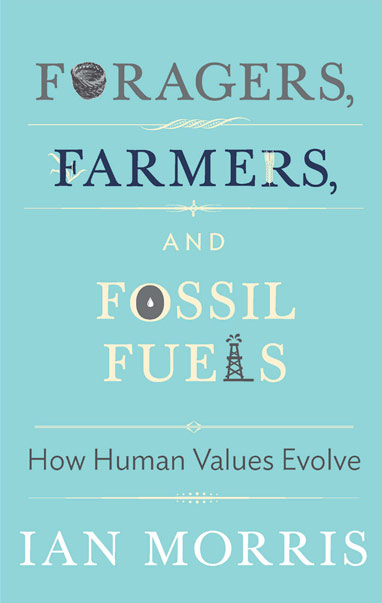
Foragers, Farmers, and Fossil Fuels
Ian Morris
Human social development, says Morris, is constantly generated by environmental and social factors. The amount of energy that can be extracted from the environment through technology defines the social possibilities, and thus influences the attitudes and world view of each epoch.
External Stories and Videos


Is THIS the Real Reason Weather is Getting Wilder?
Learn the way that climate change is causing extreme storms, drought and floods.
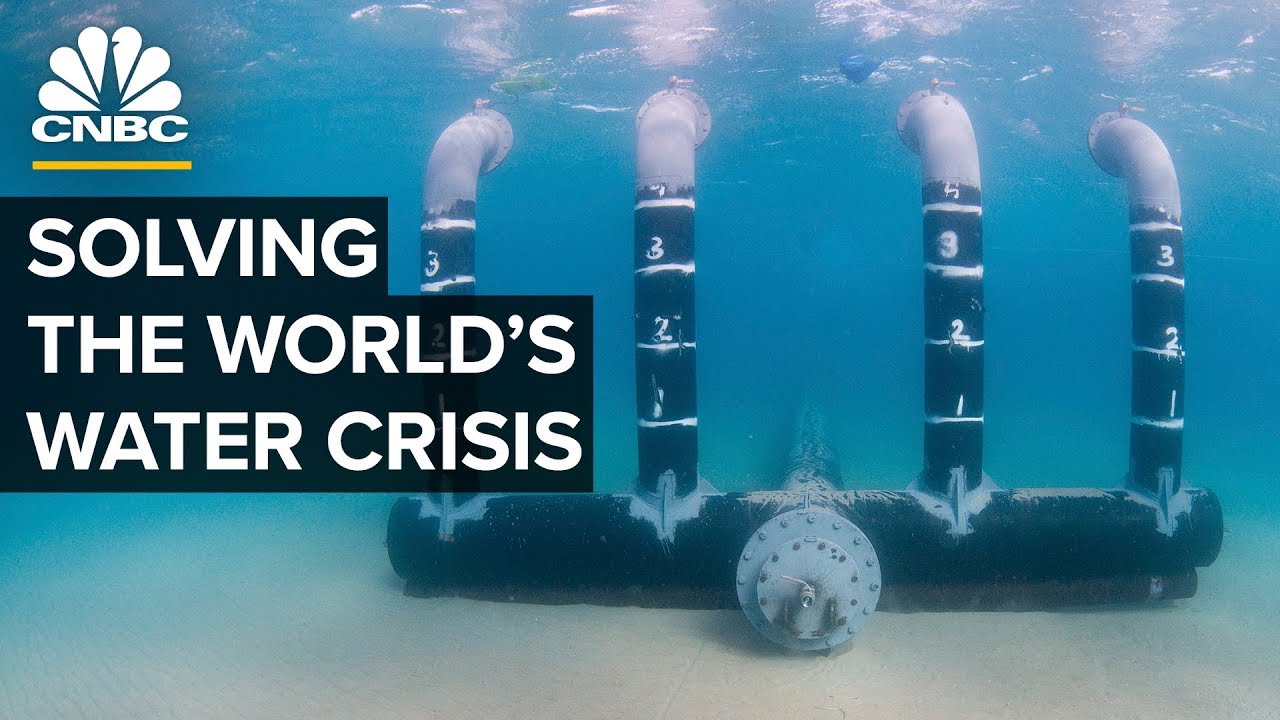

Can Sea Water Desalination Save The World?
Globally, one out of three people don’t have ready access to safe drinking water. Why can’t we just take seawater, filter out the salt, and have an unlimited supply of clean, fresh water? Find out why this is a last resort.
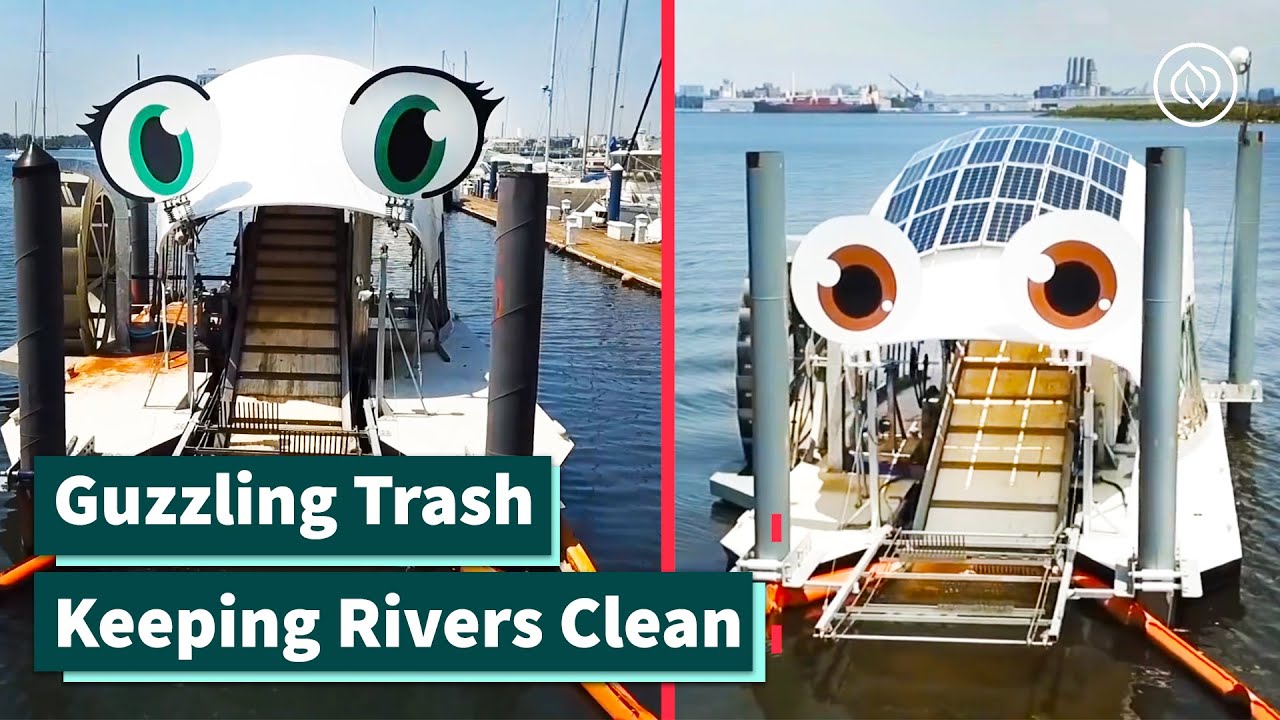

Mr. Trash Wheel Is Keeping Baltimore Rivers Clean
What has googly eyes and is cleaning up the harbor of Baltimore, USA? Meet the Trash Wheel Family – Mr. Trash Wheel, Professor Trash Wheel, Captain Trash Wheel, and Gwynnda the Good Wheel of the West.
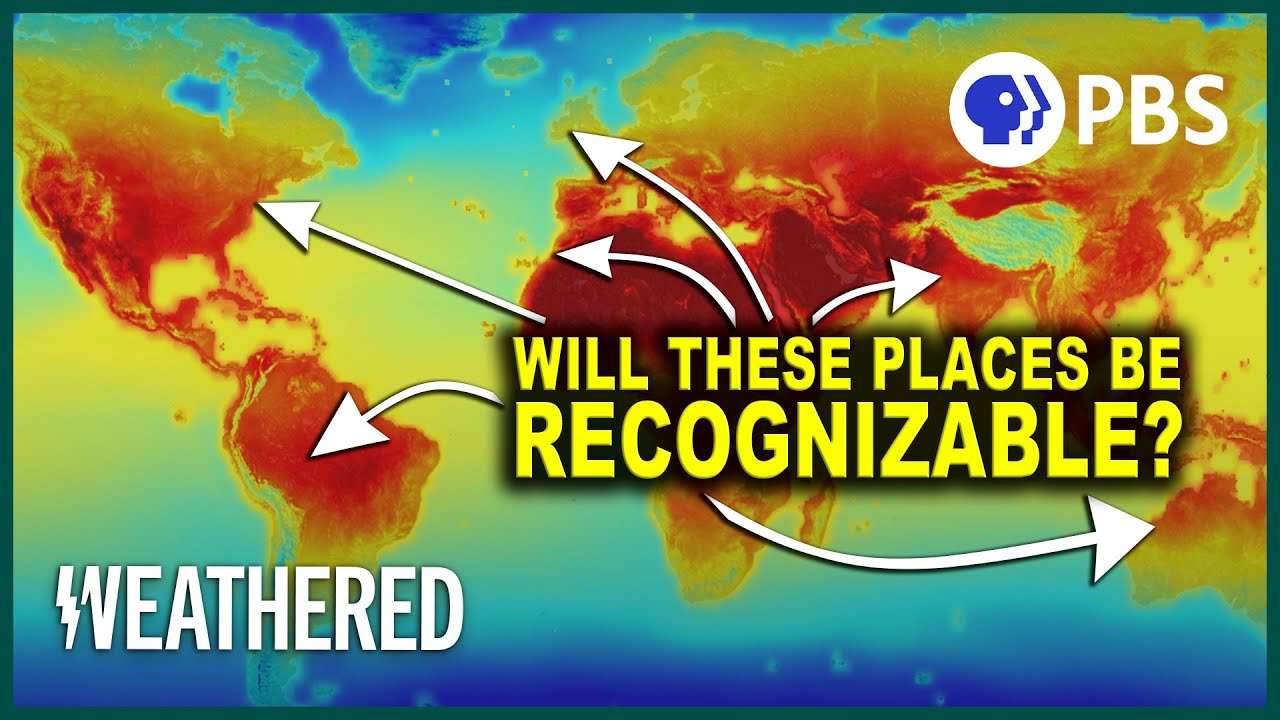

The Threat from Climate Tipping Points
Is one degree of warming really that big a deal? Yes, it is, and find out why it could lead to even greater climate threats.
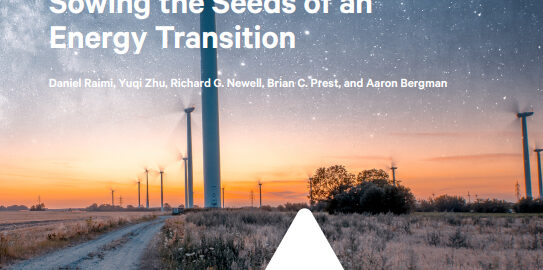
Global Energy Outlook 2023
The world may be on the cusp of its first true energy transition, but more ambitious public policies and technological innovations are needed.

Half-Earth
Our Planet’s Fight for Life
Edward O. Wilson
“An audacious and concrete proposal…Half-Earth completes the 86-year-old Wilson’s valedictory trilogy on the human animal and our place on the planet.” —Jedediah Purdy, New Republic

